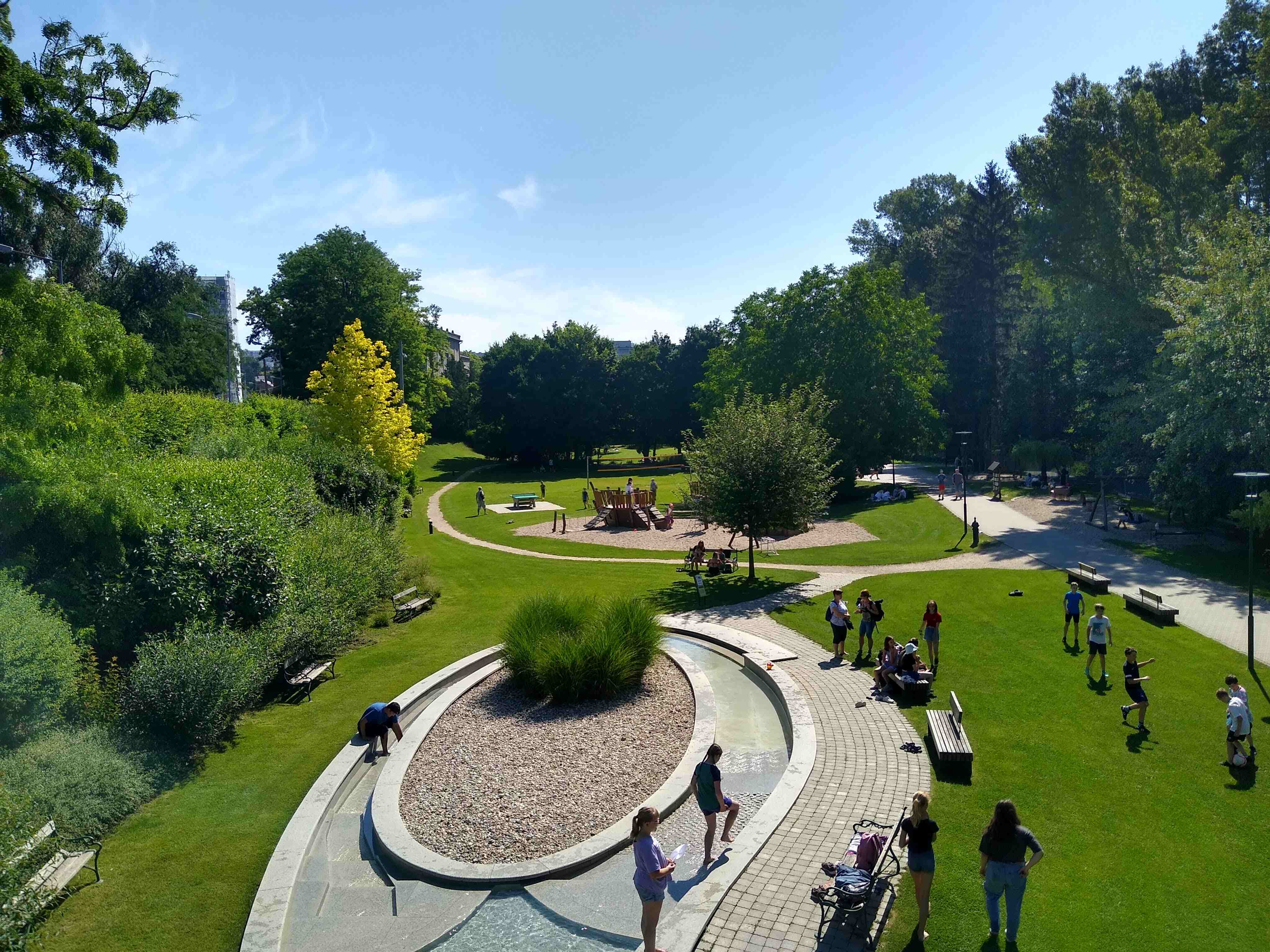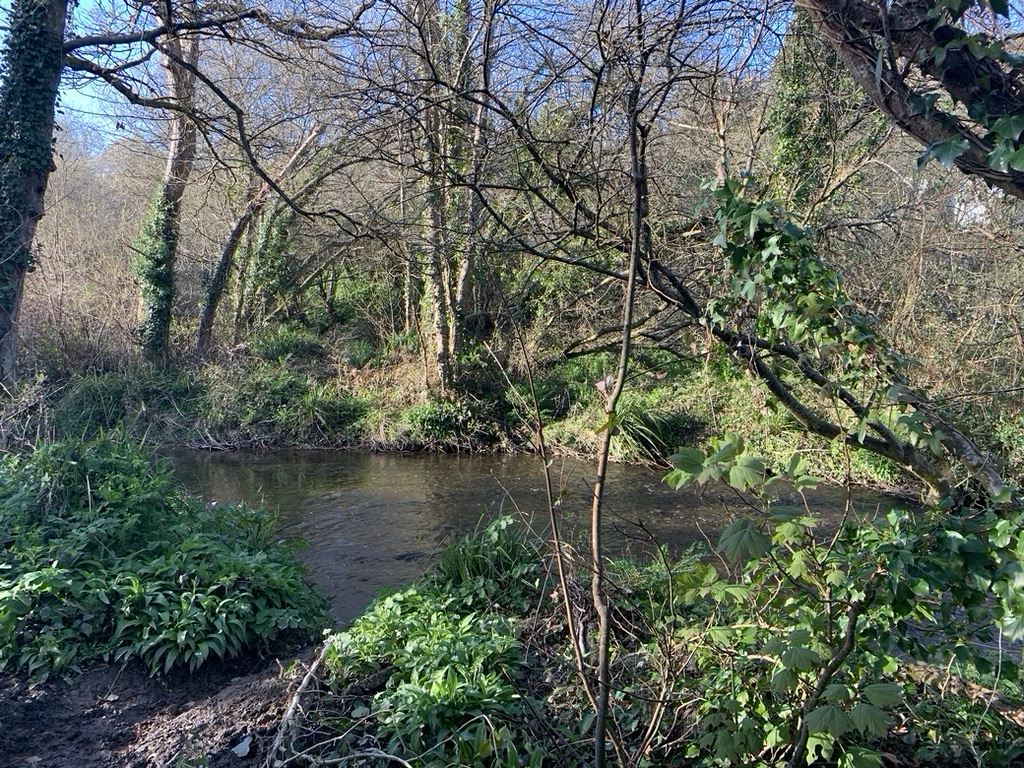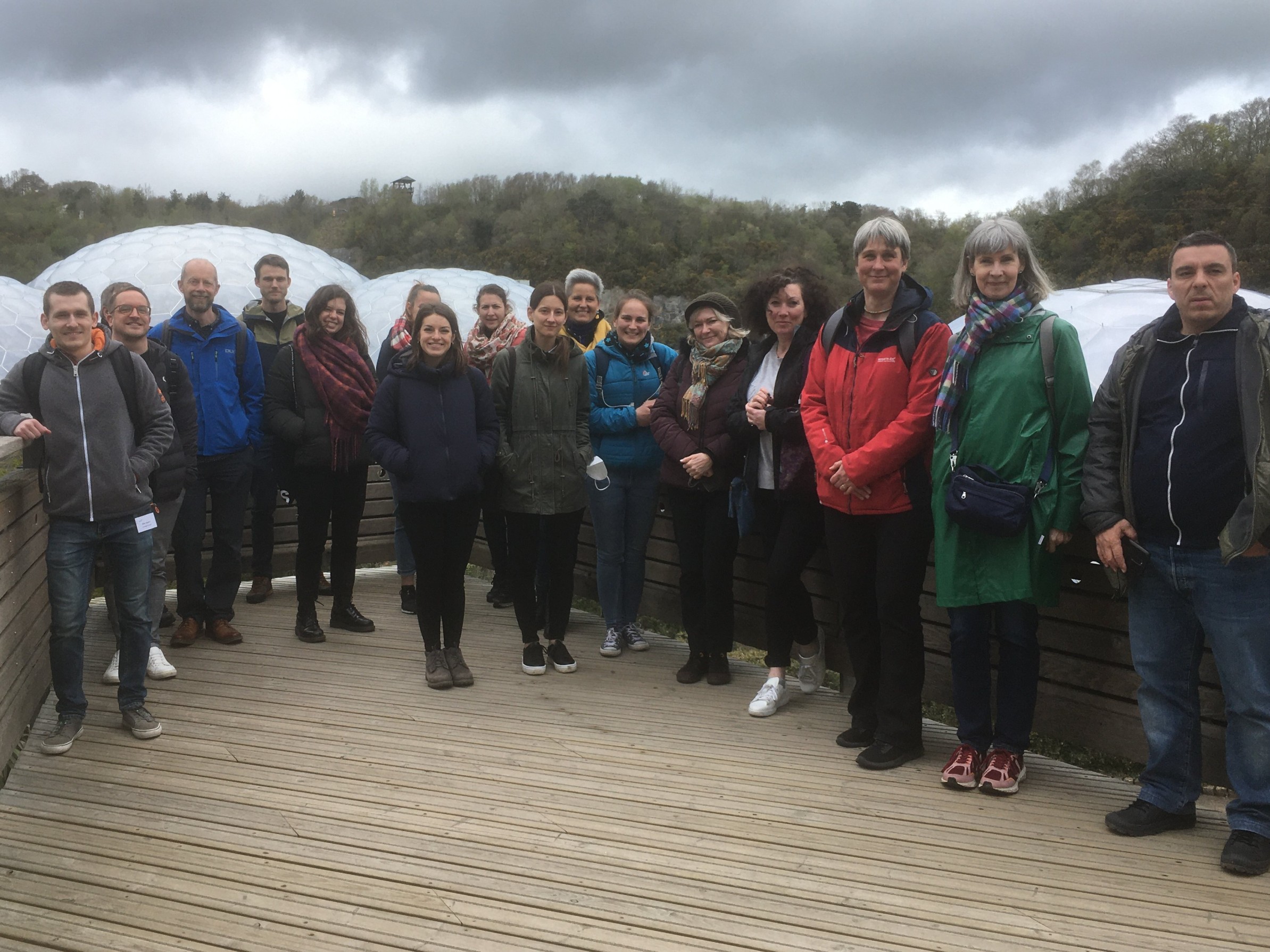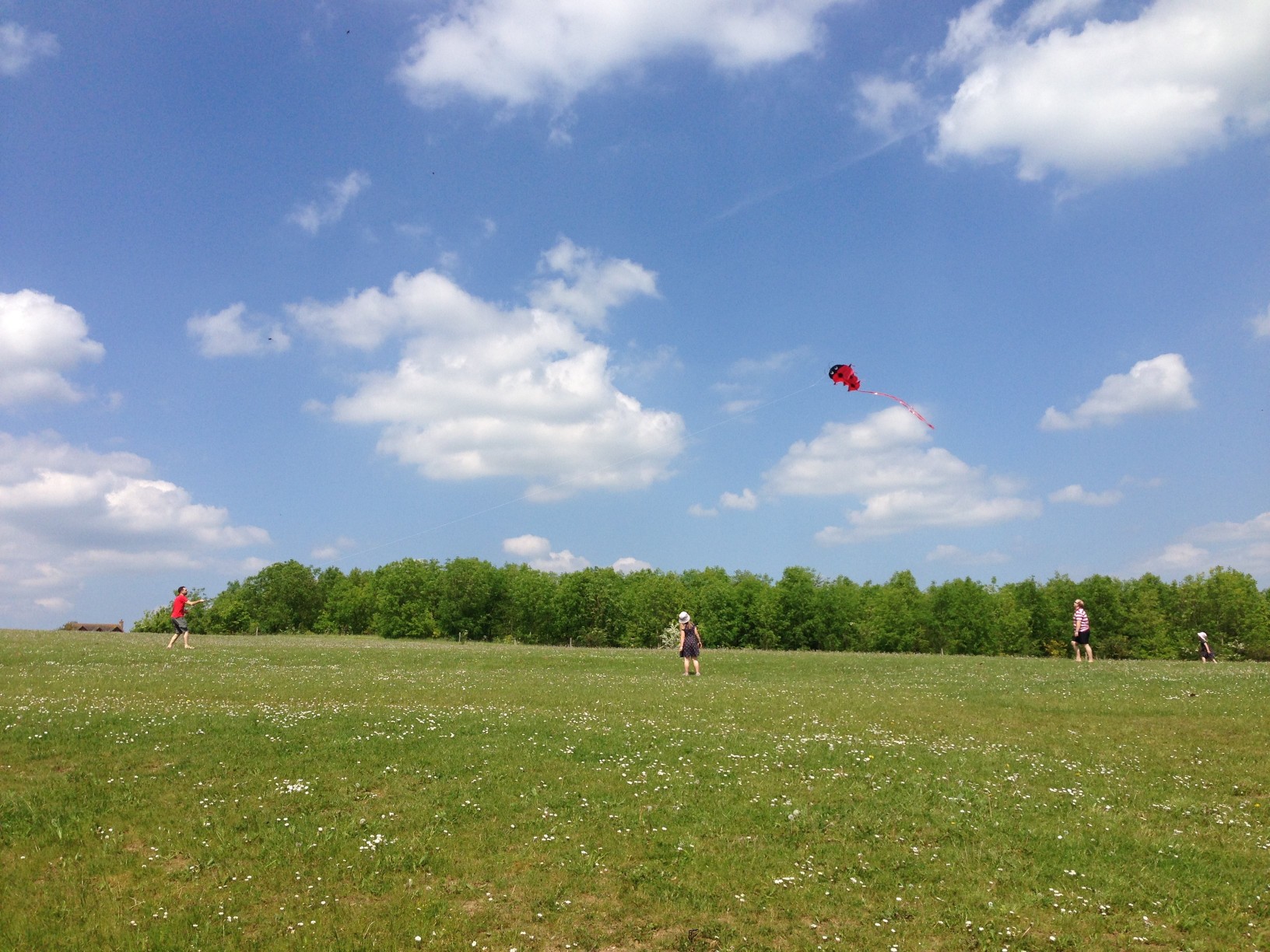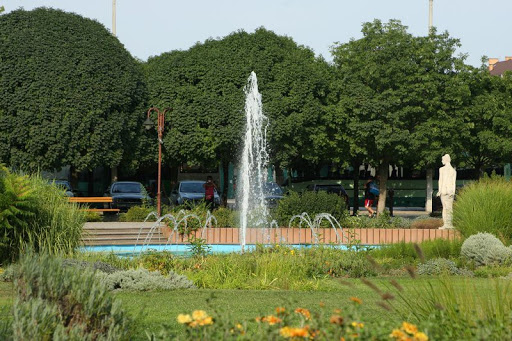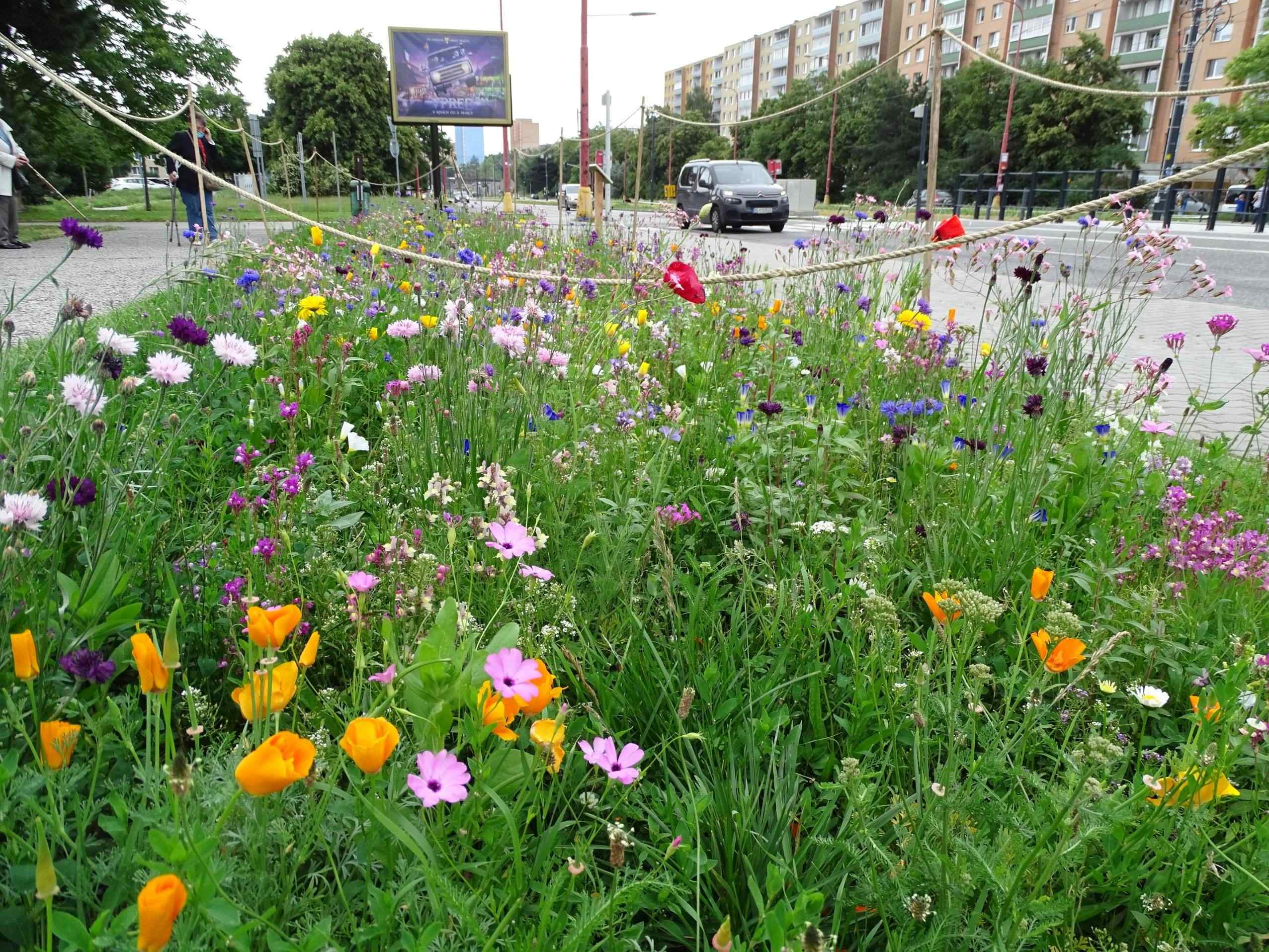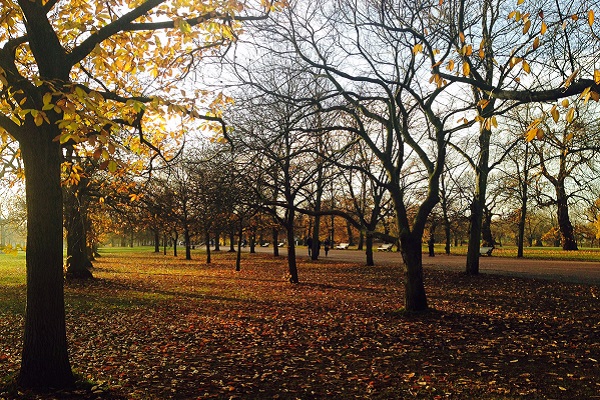By Bratislava Karlova Ves Municipality and the Municipality of Ferrara
Work-shadowing and study tours form a key part of the learning exchange process in PERFECT and take place when partners identify similar challenges and visit each other to understand how these issues are being overcome in each country.
This report covers 29-31 May 2018, when Bratislava Karlova Ves Municipality hosted the Municipality of Ferrara and their stakeholders. The agenda focused on site visits to green infrastructure (GI) in Bratislava and the exchange of experience on the protection and management of GI. The Municipality of Ferrara also presented their inspirational project the ‘Master plan for San Paolo Dock and Old Market in Ferrara’ at a Slovakian conference on GI (presentation available here).
GI in Bratislava has undergone significant development related to the fabric of the city itself; its natural background; the construction of new quarters; the use of squares and public spaces; changing needs and contemporary aesthetic criteria.
Background of GI in Bratislava
In medieval times, town squares in Bratislava were primarily market places and greenery was scarce apart from small monastic gardens of healing plants. However, gardens and vineyards existed behind the city fortifications, eg under the Castle hill was a large Palfy Garden (a remnant of which is the Svoradova park) and the Grassalkovich Palace garden.
The partial removal of the medieval walls in the 18th century created a continuous open space with green squares around the city. This ‘green belt’ is still visible including a system of five successive squares. In the 19th century ‘renaturalisation’ introduced greenery into the medieval city and squares, transforming the  Main and Franciscan Squares. The late 1800s saw the creation of the Horský Park Mountain Park by retrofitting the Small Carpathian forest with new planting, benches and footpaths.
Main and Franciscan Squares. The late 1800s saw the creation of the Horský Park Mountain Park by retrofitting the Small Carpathian forest with new planting, benches and footpaths.
In the late 1900’s much of the GI in the squares was removed to recreate medieval market places including the removal of greenery and paving over of the Main Square in 2005. The trees were finally replanted in 2016 as part of a climate change adaptation project.
Photos: Newly renovated park in Svoradova, together with the design model, that has been used during the public participation process of the reconstruction
Project to bring back trees to the Main Square
Bratislava is surrounded by the valuable natural environment of the Danube and preserved floodplain forests, originally the border area with Austria (the so-called Iron Curtain). Today, the Pečňa floodplain forests have Natura 2000 protection.
Bratislava Forest Park and Kralova Hora-Royal Mountain are popular with local inhabitants. The introduction of sheep and goat grazing is part of the 'near-nature' management plan to preserve natural values. Karlova Ves is also introducing nature-related solutions and biodiversity protection including alternated mowing regimes, support for flowering meadows and planting of nectarous plants and insect hotels in public green areas.
In the Bratislava New Town, the Športpark Jama –Parc was built in the former bicycle stadium as a unique public park including exemplary sustainable rainwater management measures such as a rainwater retention lake, vegetation roof and green wall.
Several of these sites and projects included active public participation – eg the park at Svoradova and the Športpark Jama –Parc.
Workshadowing
During work-shadowing, we visited Svoradova Park; the Castle and Baroque Garden; Main Square; Hviezdoslav Square; Jama Sport Park; Mountain Park and Water Garden and saw the effect of close maintenance of greenery and support for biodiversity in Líščie údolí, Karlova Hora, the Royal Mountain, Pečna floodplain forest and elsewhere.
These study visits demonstrate the opportunities of work-shadowing as a learning tool for EU partners and links visits to peculiar and sometimes unexpected interventions with information on implementation and management, focusing on critical aspects and innovative solutions.
The discussions focused on difficulties of working in historical contexts due to scarcity of public spaces to be transformed, and strict restrictions by public bodies responsible for cultural and historical heritage protection.
The realisation of small initiatives can be problematic as municipal officers have to negotiate different administrative levels. To this end, participatory processes can be a great support and Ferrara and Bratislava have strong traditions of citizen involvement in the planning, design and development of urban green transformations.
Summary
In conclusion, a key common link between Karlova Ves and Ferrara, to be developed as part of the Action Plan, is the need to integrate existing GIS databases with new integrated and multi-sectoral data-sets in order to build an effective tool for GI network management.




